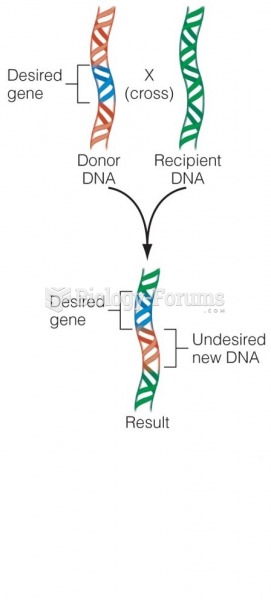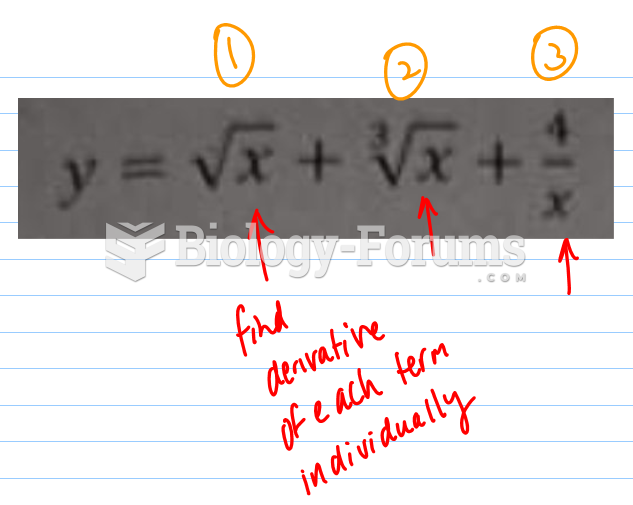Answer to Question 1
Traditionally, a person filing a complaint personally delivers the complaint to the clerk of the court, together with a specified number of copies of the complaint and a check payable to the court in the amount of the required filing fee. The court clerk files the complaint by stamping the date on the first page of all the documents (original and copies); assigning the case a file number, or docket number; and assigning the case to a particular judge. (In some state courts, the file number or judge may not be assigned until later.) The clerk then returns the date-stamped copies to the person who delivered the documents for service on the defendant.
The FRCP provides that federal courts may permit filing by electronic means that are consistent with any technical standards established by the Judicial Conference, which sets policy for the administration of the federal courts. E-filing systems are now used in almost all federal courts. Some courts require it. PACER is the federal court's e-filing system. With e-filing, registered attorneys can file case documents over the Internet 24 hours a day, seven days a week, right up to the filing deadline, with no additional filing fees. State and local courts are also setting up e-filing systems.
The security of the e-filing process is important. Only registered parties may access a court's e-filing system. As with most secure electronic communications, the
registered party has a user ID and a password. An attorney may give a paralegal authority to use the system on his or her behalf. Consent of the parties to use e-filing may be required. Once parties agree to e-filing, the court assigns a docket number to the case. From that point forward, all documents filed and served by consenting parties must use the system. Often, documents must be formatted as PDF (Portable Document Format) files so they cannot be altered. The parties must provide e-mail addresses for notification of service of documents.
A party to an action being handled by e-filing may have the right to request hard copies of documents. When hard copies are used, they are to include a clear notice that they have been filed electronically. Special steps are taken to protect private information, such as Social Security numbers, credit-card information, a minor child's name, or trade secrets. Fees for documents filed are paid electronically. Therefore, in many cases, all paperwork and communications between the parties and the court may be electronic.
Answer to Question 2
The Seventh Amendment guarantees the right to a jury trial in federal courts in all suits at common law when the amount in controversy exceeds 20 (the equivalent of 40 days' salary at that time). If this threshold requirement is met, either party may request a jury trial. The right to a trial by jury does not have to be exercised, and many cases are tried without one. In most states and in federal courts, one of the parties must request a jury trial, or the right is presumed to be waived (i.e., the court will presume that neither party wants a jury trial).







